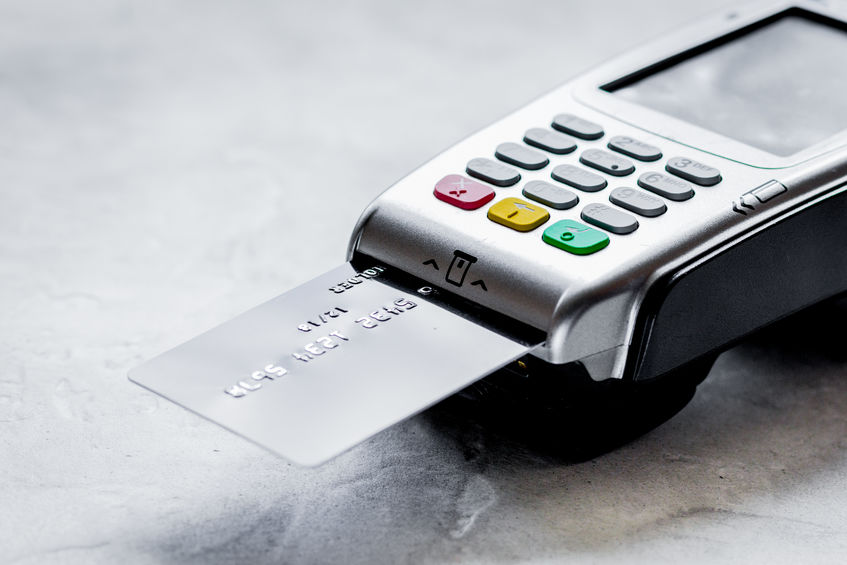EMV Cards and Your Restaurant: What You Need to Know
A credit card is a credit card, and a payment terminal is a payment terminal, right? 😉
Many merchants and restauranteurs would agree with that statement, but they’d also be very wrong. As a result, a huge number of restaurants don’t have the hardware they need to process EMV cards – the current standard in the payments industry – and they’re opening themselves up to serious trouble as a result. So, what are EMV cards, what makes them so important, and how do they impact your restaurant?
What is an EMV Card?
The odds are that every single credit card (and, at this point, debit card) in your wallet is an EMV card. The giveaway is the little silver or gold-colored metallic chip. That chip is a tiny integrated circuit that stores all of the relevant card data and makes it accessible both through chip readers (when you insert your card) and contactless readers (when you tap your card). The term EMV stands for “Europay, Mastercard, Visa” (the three originators of the technology) and refers specifically to the security protocol that governs those chip-based card uses. Whenever an EMV card is used to make a transaction, the chip generates a unique transaction code that can only be used in that instance, and never again. That makes chip cards far more secure than magstripe cards, which can be copied by fraudsters and used over and over again. So, while EMV cards still have traditional magstripes, most will limit magstripe use to a secondary function, requiring the user to utilize the chip when available.
How Does EMV Impact my Restaurant?
The primary way EMV cards impact your restaurant is the requirement for your establishment to offer EMV-compliant payment processing methods, like EMV-compliant card readers with an insertion slot or contactless functionality. EMV compliance has been required by the major card companies since October 1st, 2015, so if your hardware is newer than that, there’s a very good chance it’s already compliant. However, many restaurants using older restaurant POS systems and payment terminals don’t meet compliance standards, leaving them vulnerable in a number of ways. First and foremost, since the 2015 deadline, the liability for fraudulent card-present transactions falls on the party with the lowest level of EMV compliance. That means failure to meet compliance standards puts your restaurant at risk of significant liability should you ever accidentally process a fraudulent transaction.
How Can I Ensure I’m EMV Compliant?
The simplest way to get EMV compliant is to make sure that all of your payment terminals are up to date and chip-ready. That’s a task you can handle on your own should you decide to, but it’s also something your merchant services company should be ready to assist you with. BAMS, for instance, offers a complete line of EMV-compliant hardware to its merchants and offers expert guidance to partner merchants looking to ensure compliance with EMV standards as well as other security protocols like PCI Level One. As a result, the best – and easiest – way to ensure you’re always fully compliant is simply to sign on with a payment processor, like BAMS, that you can trust to keep your security and best interests in mind.
For more information on compliance or the full line of EMV-compliant hardware available to BAMS merchants, get in touch with a member of our team.




